Featured Video
How To Make Lychee Soju?
Typically no one makes lychee soju. It’s just bought as preflavored soju, but it’s way better to make your own. A lychee soju cocktail is similar to the lychee martini in taste but a bit more drinkable since it has a much lower ABV. Another method of making this is to mix equal parts soju with lychee calpico. That recipe is slightly sweet and easy to drink, but it s simply alcoholic calpico. As I have listed, mixing soju, soda water, and lychee syrup still retains the main qualities of soju while giving it the essence of lychee.
How To Properly Make A Flavored Soju Drink.
A mixed soju drink should still taste like soju, and any added flavors should give the essence of that flavor to the soju. When adding fruit juices, only a tiny amount is needed, and the drink should be light in color. In the united states, soju is often compared to vodka and thus used in a similar manner. It adds flavorless, invisible alcohol to a drink that tastes like something other than vodka. So you often find watermelon, pineapple, or yogurt soju cocktail recipes that are half watermelon, pineapple, or yogurt. Those recipes are geared toward American palates and use too much juice. I asked a few of my Korean friends familiar with this and looked in some untranslated native Korean cookbooks, and they all pointed to similar kinds of recipes.
The most common soju cocktail structure I found was almost always half soju, half Chilsung Cider (A Korean lemon-lime soda almost identical to Sprite or 7up), and enough juice to add a light flavor. Soju bottles mostly come in a half-fifth (375 mLs), so most recipes are one bottle of soju, one 12 oz can of cider (360 mLs, which is close enough), and 3 to 5 oz fruit juice. In the case of watermelon and pineapple-flavored soju, no actual juice is even added. The most authentic Korean recipes have the soju and cider sit inside the hallowed-out fruit to infuse over a few hours. If you don’t have 3 to 4 hours to let the alcohol infuse inside a hollowed-out pineapple or watermelon, adding 3 to 5 oz of juice results in a similar flavor. Remember that you are trying to lightly flavor the soju, not make alcoholic juice.
Brief History Of Soju.
It is believed that Korea was introduced to Soju (소주) in the 13th century during the Mongol invasions of 1231 to 1259. The Mongols most likely learned distillation from the Persians during their simultaneous innovation of Levant (Syria region). Traditionally distilled from rice wine (Sake), soju can also be made from fermented tapioca and sweet potatoes today. Soju production mainly remained unchanged from the 13th century until the 1960s, when government regulations were changed to allow sweet potatoes and tapioca use. While neutral in flavor, soju is mixed with a tiny amount of sugar and citric acid to add a little taste and buffer the burn of the alcohol.
The quality of soju is loosely correlated to its ABV. The higher the ABV, the better the quality typically. The higher-quality soju range from 30% to 55% ABV. Most soju imported into the United States is below 25% because any spirit over that percentage is deemed a hard liquor and thus subject to a higher tax. Restaurants with a wine and beer license can also sell it without needing a hard liquor license. The ABV of soju also indicates how it is intended to be consumed.
Soju with an ABV above 30% is seen as a higher quality soju and thus more for sipping and savoring. Soju in the 18 to 24% range is usually used for mixing. Since most soju cocktails are half lemon-lime soda with a bit of fruit juice for flavor, that puts the final ABV in the range of 9 to 12% ABV, this range is seen as an enjoyable and easily drinkable percentage. The last range is the 10 to 15% ABV sojus’. These low-ABV sojus are often already flavored and intended to be consumed directly without mixing. When buying soju for making cocktails, it’s important to notice the ABV because if the ABV is too low, the drink will be flat, and it’s not appealing to drink a 24% soju straight.


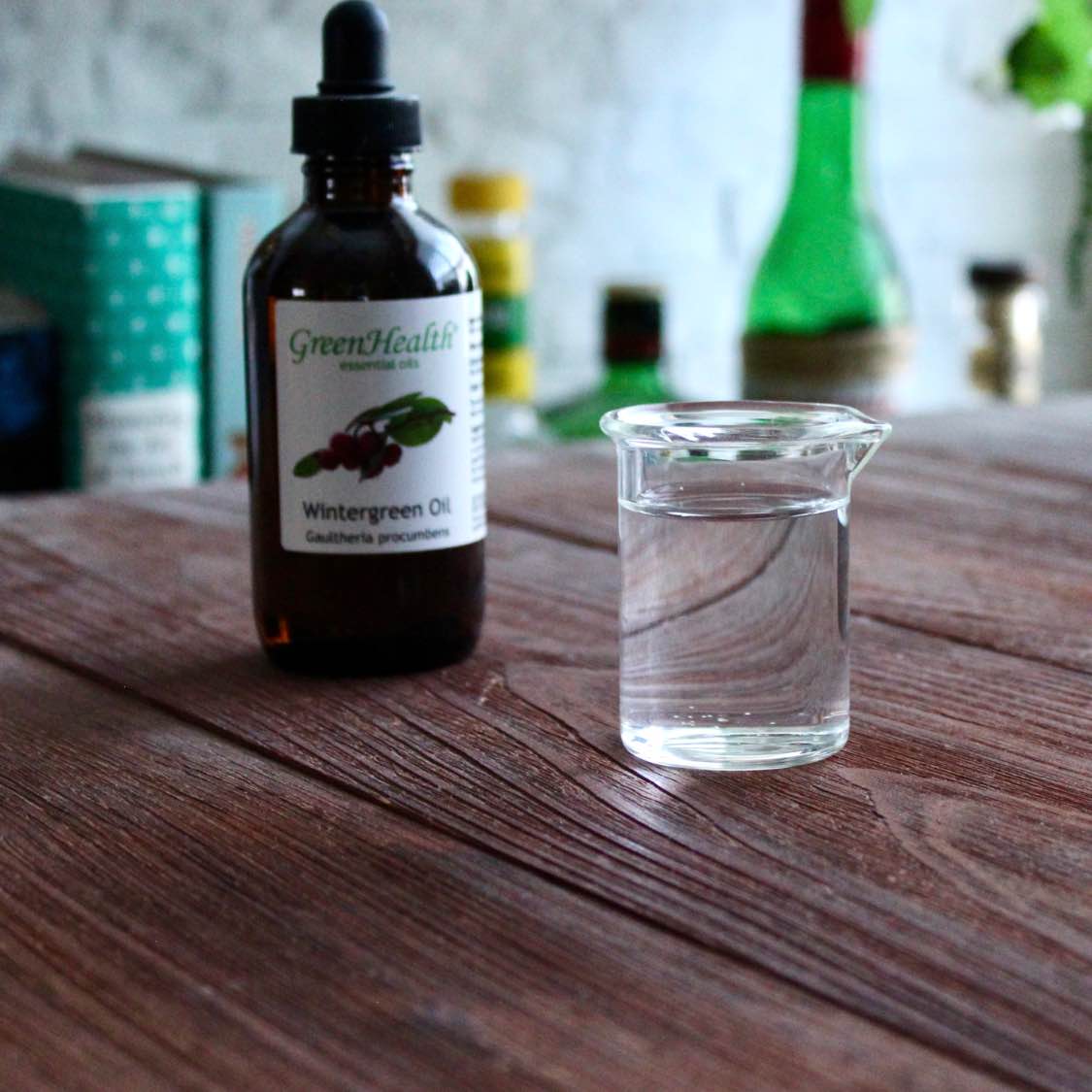

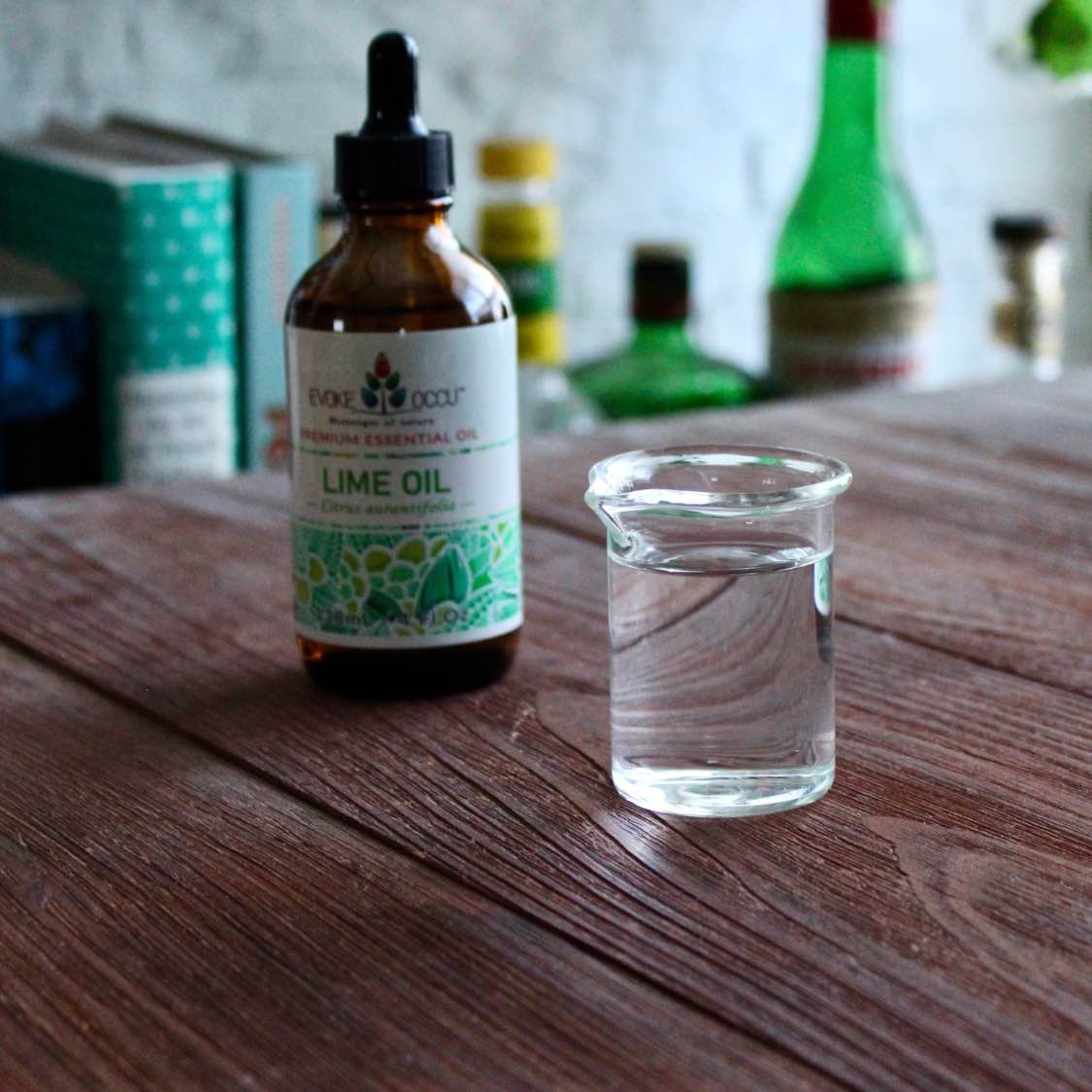
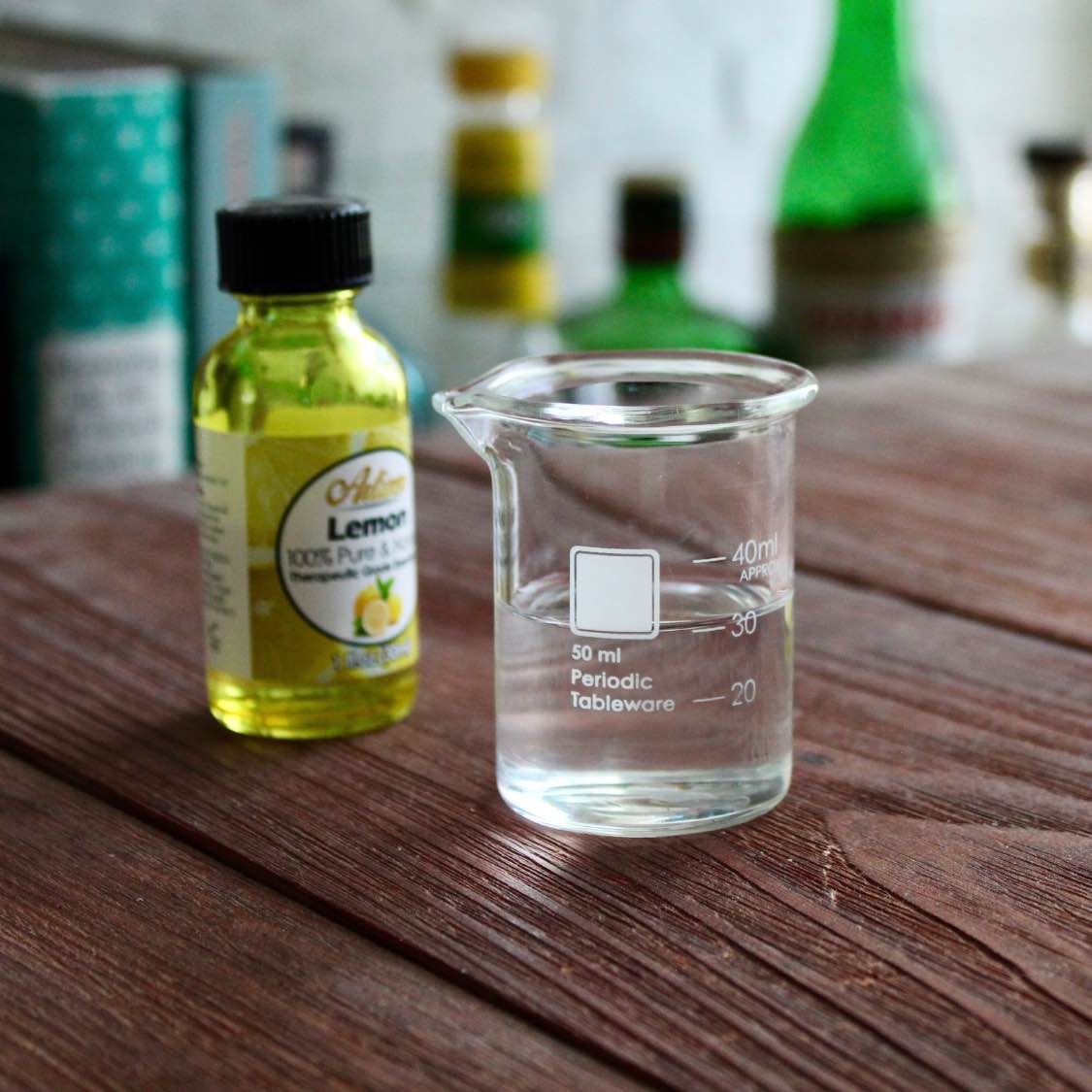

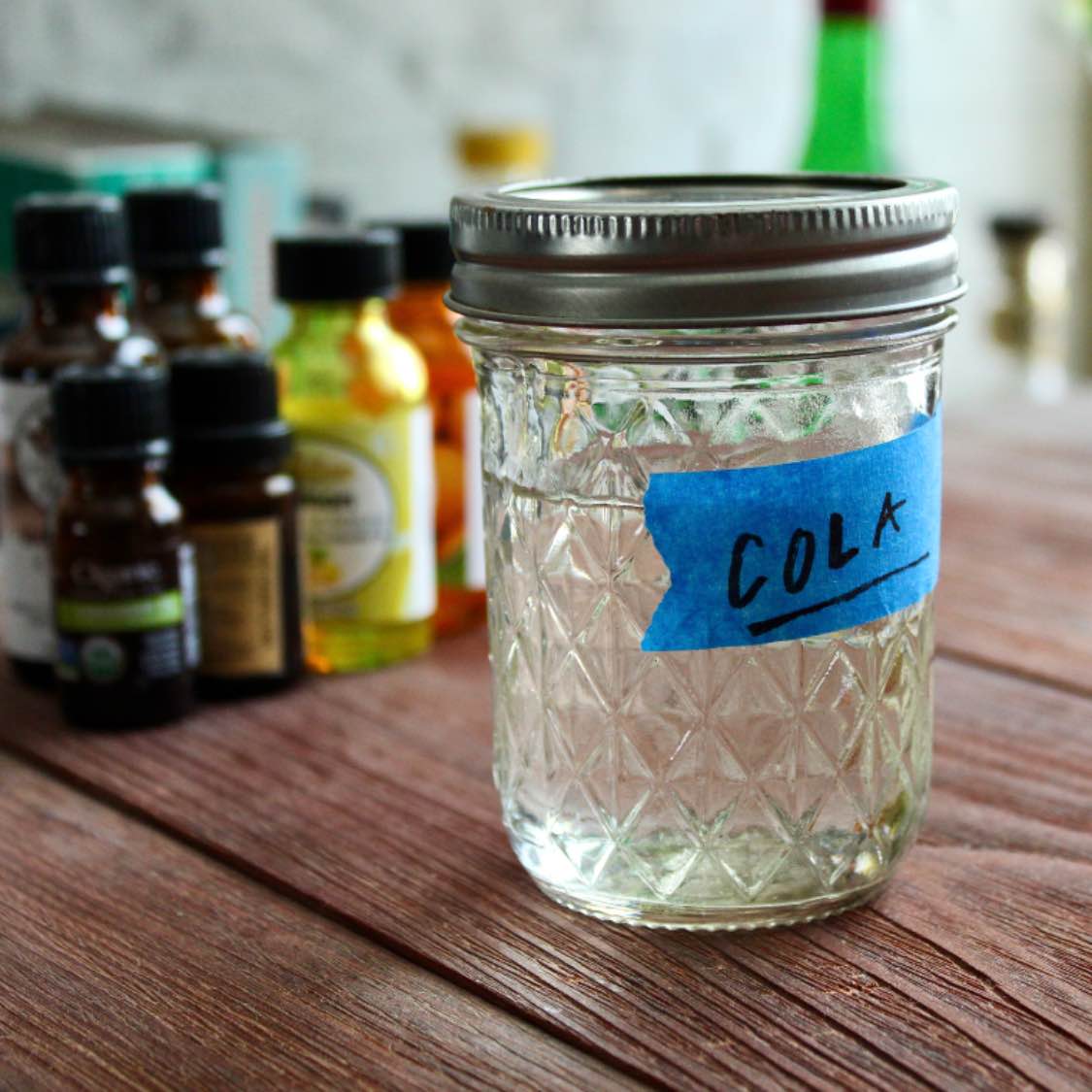
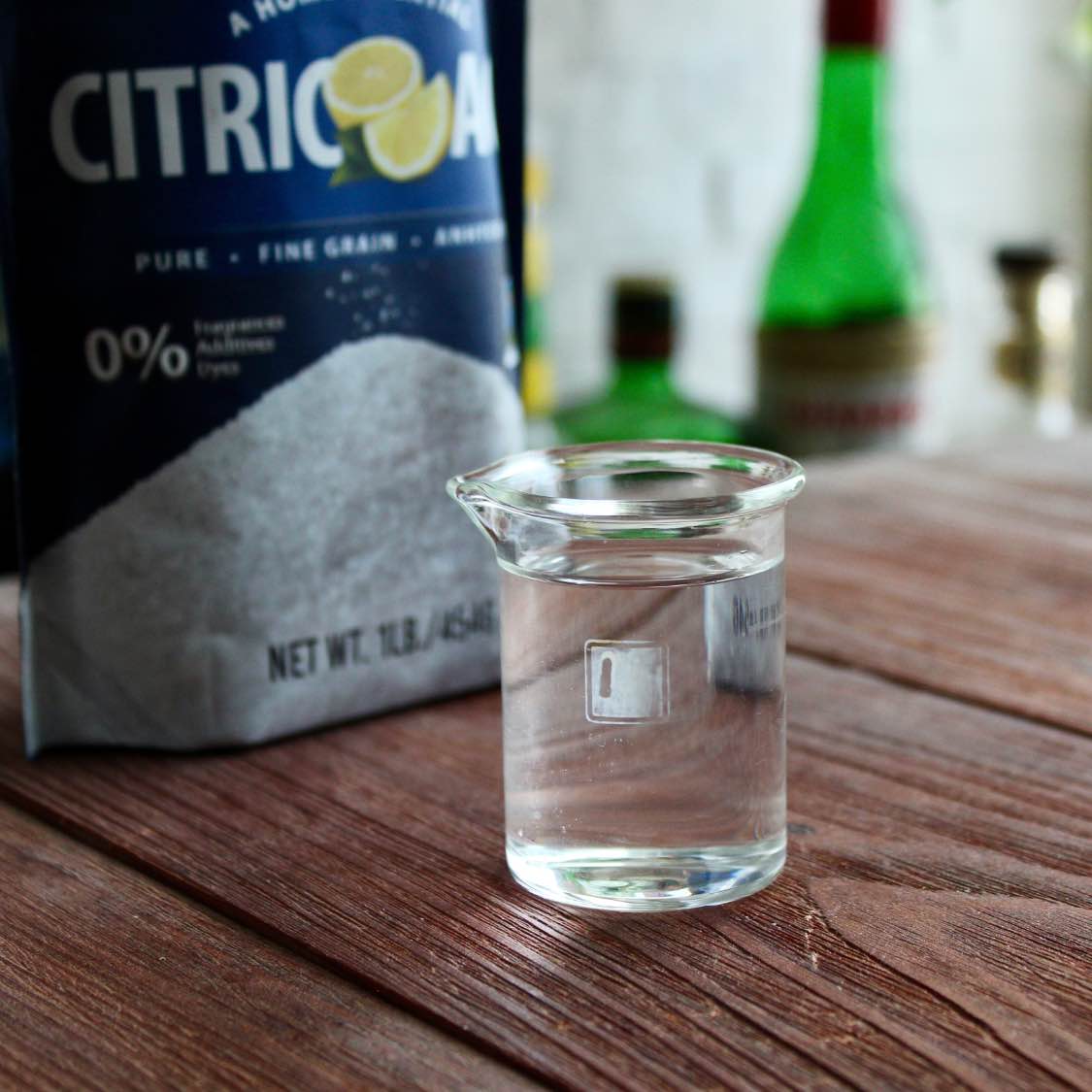
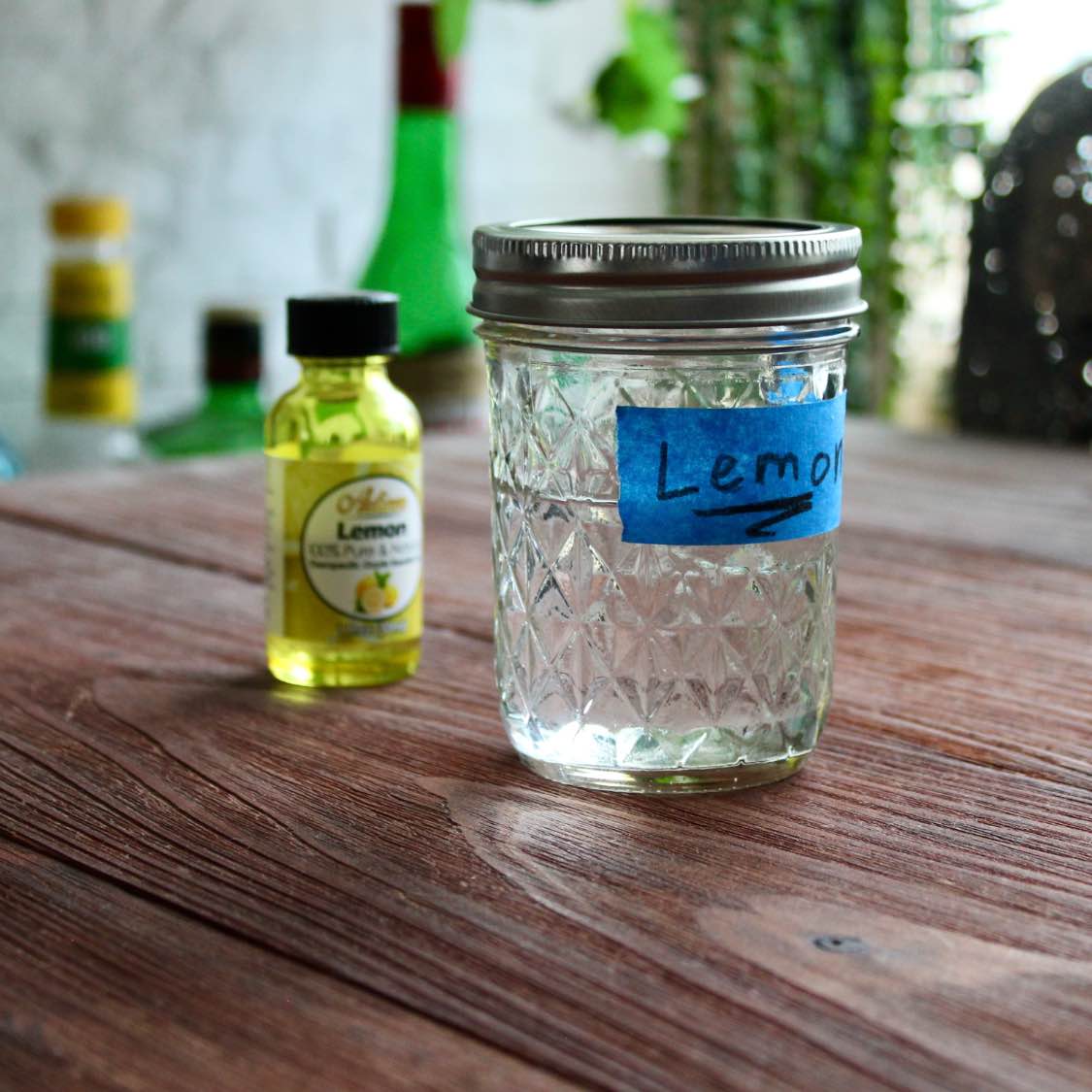
Leave a Reply